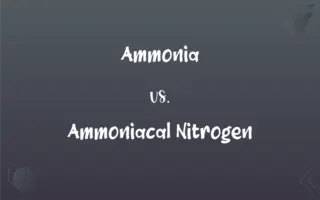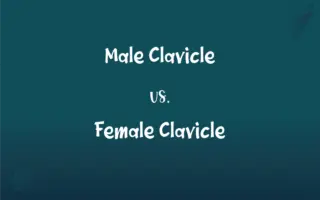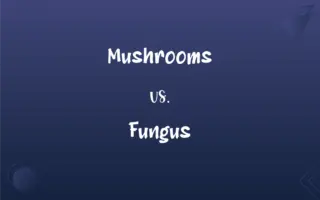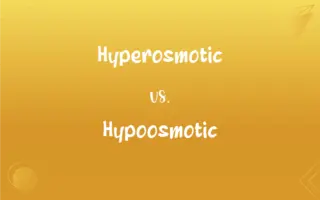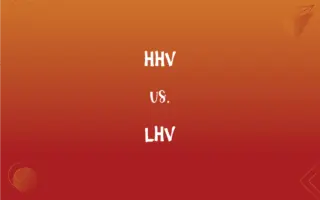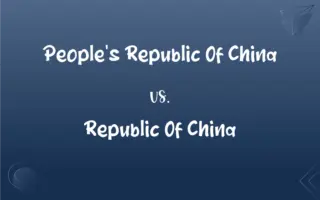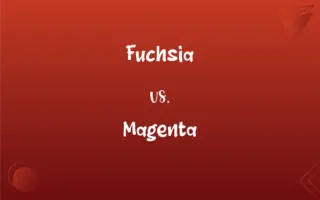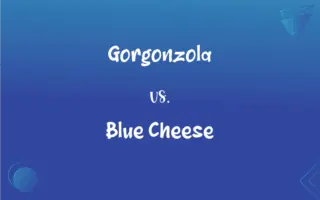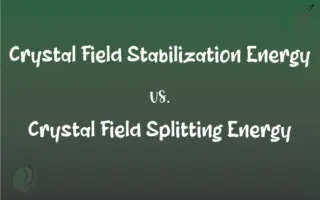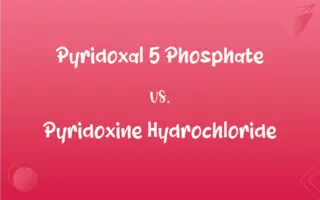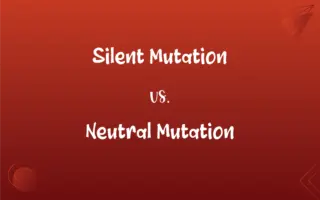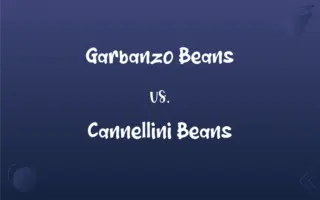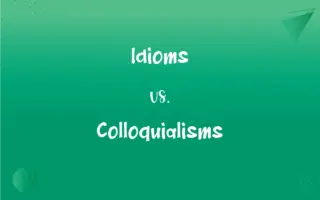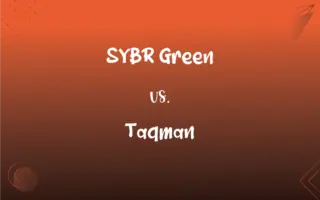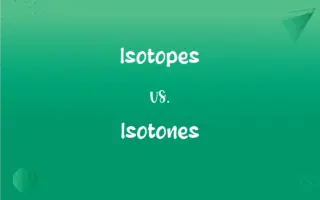Plant vs. Tree: What's the Difference?
Edited by Aimie Carlson || By Harlon Moss || Updated on October 20, 2023
Plants are a broad group of living organisms, while trees are tall plants with a singular woody stem or trunk.

Key Differences
Plants encompass a vast array of organisms, from tiny mosses to towering redwoods. Trees, a subset of plants, are characterized by a main stem, or trunk, that supports branches and leaves.
Within the botanical world, plants form the foundation of the food chain and provide essential oxygen. Trees, while also fulfilling these roles, further help in preventing soil erosion and providing habitats for various species.
The term "plant" can refer to small ground covers, herbs, ferns, and even some algae. In contrast, the word "tree" is reserved for those plants that have grown tall, typically bearing branches and leaves or needles.
It's essential to understand that while all trees are plants, not all plants are trees. Trees are just one of the many forms plants can take, with other forms including shrubs, grasses, and vines.
Comparison Chart
Definition
A living organism that grows from the ground
A tall plant with a single woody stem or trunk
ADVERTISEMENT
Size
Can vary from tiny to massive
Generally large and tall
Structure
Can be herbaceous or woody
Typically woody with branches
Lifespan
Varies, can be seasonal or perennial
Usually long-lived, many years to centuries
Examples
Mosses, ferns, grasses, shrubs
Oak, maple, pine, redwood
Plant and Tree Definitions
Plant
An organism belonging to the kingdom Plantae.
The Venus flytrap is a fascinating carnivorous plant.
ADVERTISEMENT
Tree
A large plant with a singular woody trunk supporting branches and leaves.
The oak tree in the park is over a hundred years old.
Plant
The primary producers in the food chain, converting sunlight into energy.
This plant is a vital source of nutrition for many herbivores.
Tree
A perennial plant with an elongated stem or trunk.
The pine tree stands tall, even in the harshest winters.
Plant
A multicellular organism that doesn't have sensory organs or a nervous system.
The plant responds to touch by closing its leaves, a phenomenon seen in the sensitive plant.
Tree
A member of the plant kingdom known for its height and sturdy structure.
The ancient bristlecone pine is among the oldest living tree species.
Plant
A living organism that grows in soil or water and undergoes photosynthesis.
The plant in the garden bloomed with vibrant colors.
Tree
A plant that plays a critical role in carbon sequestration.
The dense Amazon rainforest, filled with trees, acts as the earth's lung.
Plant
A living thing with roots, stems, and leaves but no locomotive movement.
The plant grows towards the sunlight by adjusting its leaves.
Tree
A provider of shade, habitat, and often fruits or nuts.
The apple tree in the orchard yields the juiciest fruits every fall.
Plant
Any of various photosynthetic, eukaryotic, multicellular organisms of the kingdom Plantae characteristically containing chloroplasts, having cell walls made of cellulose, producing embryos, and lacking the power of locomotion. Plants include trees, bushes, herbs, ferns, mosses, and certain green algae.
Tree
A perennial woody plant having a main trunk and usually a distinct crown.
Plant
A plant having no permanent woody stem; an herb.
Tree
An herbaceous plant or shrub resembling a tree in form or size.
FAQs
Can a tree be a herb?
No, herbs are typically non-woody plants; trees have a woody structure.
Can trees grow without soil?
Trees generally need soil, but some grow on rocks or other trees, extracting nutrients differently.
Why do plants photosynthesize?
Plants photosynthesize to convert sunlight into energy, producing oxygen as a byproduct.
Why are plants green?
Plants are green due to chlorophyll, which helps in photosynthesis.
How tall does a plant have to be to be considered a tree?
There's no strict height, but trees typically have a woody trunk and are taller than shrubs.
Do trees feel pain?
Trees don't have nervous systems like animals, so they don't feel pain in the same way.
What's the difference between a tree and a shrub?
Trees have a main trunk and grow taller, while shrubs are shorter with multiple stems.
How do trees benefit urban areas?
Trees provide shade, reduce air pollution, and improve urban aesthetics.
How long can trees live?
Tree lifespans vary, but some trees, like bristlecone pines, can live thousands of years.
How deep can tree roots grow?
Tree roots vary in depth, but some can grow tens of meters deep, depending on species and soil conditions.
Is every plant a tree?
No, while all trees are plants, not all plants are trees.
How do plants reproduce?
Plants reproduce through seeds, spores, or vegetative methods. Trees primarily use seeds.
What's the largest type of plant?
Among plants, some tree species, like the giant sequoia, are the largest.
How do trees help in rain formation?
Trees release water vapor through transpiration, contributing to cloud formation and rainfall.
Why are trees essential for the environment?
Trees provide oxygen, habitat, prevent soil erosion, and help in carbon sequestration.
Can plants communicate?
Plants can send and receive signals, often through chemicals, but it's not "communication" as we understand it.
Do plants need oxygen?
While plants produce oxygen, they also consume it, especially during respiration at night.
Can plants grow in the dark?
Plants need some light for photosynthesis; without it, they'll eventually die.
What are flowering plants?
Flowering plants produce flowers, which typically contain the reproductive organs.
Why do trees shed leaves?
Many trees shed leaves in preparation for winter to conserve water and energy.
About Author
Written by
Harlon MossHarlon is a seasoned quality moderator and accomplished content writer for Difference Wiki. An alumnus of the prestigious University of California, he earned his degree in Computer Science. Leveraging his academic background, Harlon brings a meticulous and informed perspective to his work, ensuring content accuracy and excellence.
Edited by
Aimie CarlsonAimie Carlson, holding a master's degree in English literature, is a fervent English language enthusiast. She lends her writing talents to Difference Wiki, a prominent website that specializes in comparisons, offering readers insightful analyses that both captivate and inform.











